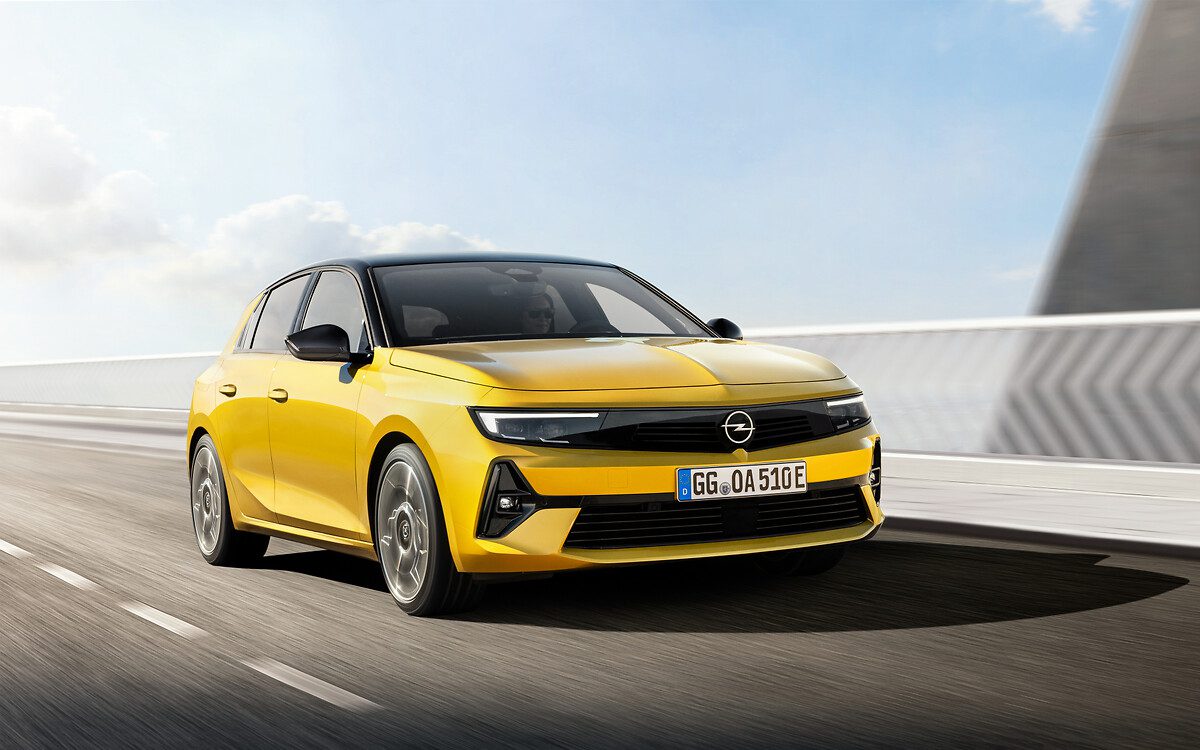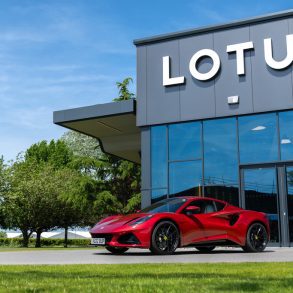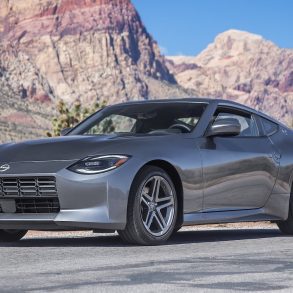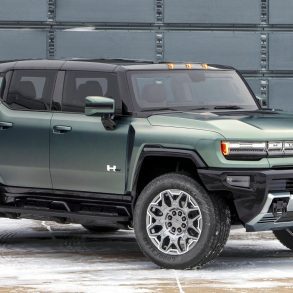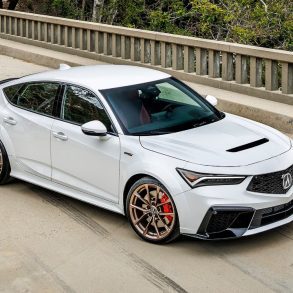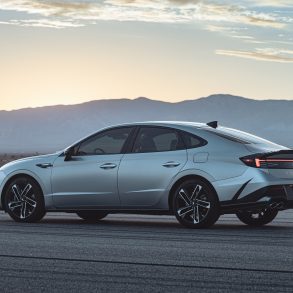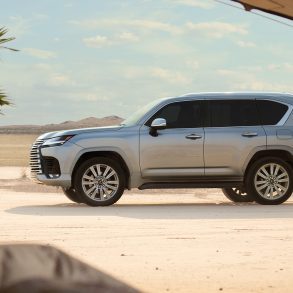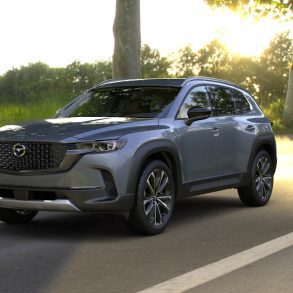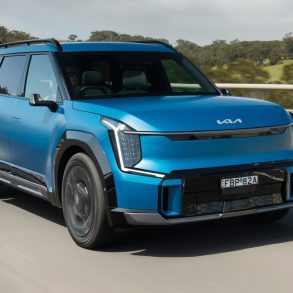Opel-Vauxhall Sales Data, Trends & Analysis for the Europe Automotive Market
Sales of Opel and its UK sister brand Vauxhall steadily declined in Europe between 2004 and 2013, much like most of its other mainstream competitors as consumers have shifted towards premium or low-cost brands. Its volume bottomed out in 2013 at 824.000 sales, a loss of more than half a million units in just 5 years, before rebounding to almost a million sales in 2016, helped by the introduction of two all-new models: the Adam minicar and the Mokka small crossover, both in late 2012, and the new generation Astra in 2016. Market share has continued to decline, though: losing half a percentage point since 2011 and a more than a full point since 2008. In 2017, the brands suffered a decline of 50.000 sales as they were sold by their American parent General Motors to PSA of France. PSA slashed unprofitable sales to daily rental fleets and cut incentives in an attempt to emphasize profit over volume. This strategy means that the decline is likely to continue through 2018 despite the introduction of new crossovers like the Crossland X and Grandland X in 2017.
Opel-Vauxhall Europe Sales Figures & Recent Highlights
In the decade before the sale to PSA, Opel-Vauxhall’s continued losses meant that General Motors reduced R&D investment in order to reduce the losses. However, an unwelcome result has been that the brands have been lagging in fuel economy and model introductions have been delayed, most significantly of an all-new generation of the brand’s traditional best selling car, the Corsa subcompact. Corsa sales reached a low of 230.000 sales in 2017 as PSA cut sales to the rental companies (no more than 18% of its sales in Germany were to private customers in the years before). A totally new generation for the model that was first launched in 2006 isn’t planned until the second half of 2019, and it will be based on a PSA platform. This shared development of models with PSA will quickly improve fuel economy and should accelerate the revival of the brand.
The Astra compact has been the brand’s second best selling car for years, but it lost almost half of its sales volume between 2008 and 2014, dropping to a record low of less than 180.000 sales before rebounding in 2016 thanks to a new generation. Like the Corsa, Astra sales suffered in 2017 as fleet sales were reduced and the UK market contracted. The sales decline of the Insignia midsized sedan and station wagon stalled in 2017 thanks to a new generation but the model still operates in a declining segment and is unlikely to return to its glory years of 2009-2011 when it sold almost double of its current volume.
The Mokka has been a steady performer, selling upwards of 160.000 annual cars and finishing on the segment podium since 2015. The replacement of the Meriva small MPV by the Crossland X into the same small crossover segment as the Mokka now gives the brand two players in this hot segment. Opel/Vauxhall replaced the slow selling Antara by the Grandland X and now has a serious contender in the still fast growing compact crossover segment. Both the Crossland and Grandland are co-developed with PSA and sit on shared platforms with Peugeot and Citroën models.
In the minicar segment, Opel/Vauxhall also has two players, the value-for-money Opel Karl/Vauxhall Viva, made in South Korea by General Motors, and the trendy and upmarket Adam. The two models have been selling at similar levels in 2016 and 2017.
Due to the below average fuel efficiency of Opel/Vauxhall’s cars and the subsequent potential enormous fines from the European Union, General Motors had planned to rely on sales of the all-electric Ampera-e to balance its average fuel consumption of its fleet, and was willing to sell the model at a significant loss to make volume with the model. As PSA is accelerating the development of new and more fuel efficient models, and unwilling to lose money on a car that they have to buy from their rival, prices were raised quickly after the takeover and the Ampera-e is expected to remain a low-volume model in Europe.
Some of Opel’s models are also sold in the US and China under the Buick brand. The Buick Encore is based on the Mokka, while the Astra is sold in China as the Buick Excelle XT. The Cascada convertible was introduced in the US in 2015 and the Insignia is sold in both US and China as the Buick Regal. How this will continue now that Opel has been taken over by PSA Peugeot-Citroën remains to be seen, but the future does look a bit brighter for the brand as the French are more determined to make it succeed than GM ever was, and they’ve shown how quickly a turnaround to profitability is possible with their own brands.
The importance of the UK market for General Motors has increased in the last few years, as the ratio Opel vs. Vauxhall has been around 3:1 between 2001 and 2011, with Opel taking around 75% of European sales and Vauxhall taking around 25%. However, in 2013 and 2014 more than 30% of all combined Opel-Vauxhall sales were right-hand drive vehicles registered. This is a result of the UK overall car market growing much faster than the continental European car market, and the relatively high market share of Vauxhall in that market (around 11%, compared to just over 8% Opel in continental Europe). In 2015 the ratio slightly recovered as Opel added more than 50.000 units while Vauxhall sales were flat. In 2016, the ratio returned to its normal level, but the UK remains the brand’s biggest market.
Opel-Vauxhall Annual Sales Data and Market Share in Europe
Below we have a table that shows total Opel-Vauxhall sales volumes for the European automotive market, broken out by year. This data captures all Opel-Vauxhall vehicle sales for the entire European automotive market.
| Year | Sales | YOY Change | US Marketshare | Marketshare Change |
|---|---|---|---|---|
| 1997 | 963,261 | 0.00 | 11.66 | 0.00 |
| 1998 | 937,254 | -2.70 | 9.90 | -17.78 |
| 1999 | 924,849 | -1.32 | 8.16 | -21.26 |
| 2000 | 927,381 | 0.27 | 7.92 | -3.04 |
| 2001 | 1,016,560 | 9.62 | 8.18 | 3.20 |
| 2002 | 934,668 | -8.06 | 7.47 | -9.54 |
| 2003 | 985,184 | 5.40 | 7.84 | 4.71 |
| 2004 | 1,039,617 | 5.53 | 7.45 | -5.19 |
| 2005 | 909,558 | -12.51 | 6.52 | -14.24 |
| 2006 | 868,435 | -4.52 | 6.30 | -3.59 |
| 2007 | 909,841 | 4.77 | 6.58 | 4.33 |
| 2008 | 803,986 | -11.63 | 6.24 | -5.51 |
| 2009 | 773,530 | -3.79 | 5.88 | -6.20 |
| 2010 | 703,043 | -9.11 | 5.56 | -5.71 |
| 2011 | 694,155 | -1.26 | 5.52 | -0.76 |
| 2012 | 598,302 | -13.81 | 5.28 | -4.54 |
| 2013 | 625,413 | 4.53 | 5.52 | 4.37 |
| 2014 | 700,776 | 12.05 | 5.81 | 5.11 |
| 2015 | 741,063 | 5.75 | 5.75 | -1.18 |
| 2016 | 734,044 | -0.95 | 5.30 | -8.43 |
| 2017 | 718,215 | -2.16 | 4.95 | -7.09 |
| 2018 | 719,601 | 0.19 | 5.02 | 1.47 |
| 2019 | 668,046 | -7.16 | 4.53 | -10.89 |
| 2020 | 410,388 | -38.57 | 3.66 | -23.79 |
| 2021 | 431,303 | 5.10 | 3.89 | 6.04 |
| 2022 | 425,220 | -1.41 | 4.14 | 5.87 |
Opel-Vauxhall Europe Annual Sales Units & Market Share Chart
Below is a visual representation of Opel-Vauxhall Europe sales units over time. We have both the Opel-Vauxhall sales units and the market share in the European market. Click on the items in the legend to see each series by itself.
Opel-Vauxhall Europe Growth Rate & Market Share Chart
Below is the annual growth rate for the Opel-Vauxhall brand in Europe, shown against the Opel-Vauxhall’s marketshare changes in Europe. This gives you a good look into how Opel-Vauxhall has faired against the other brands in terms of absolute sales and effect on marketshare. Click on the items in the legend to see each series by itself.
The Best-Selling Opel-Vauxhall Cars & SUVs in Europe
COMING SOON

